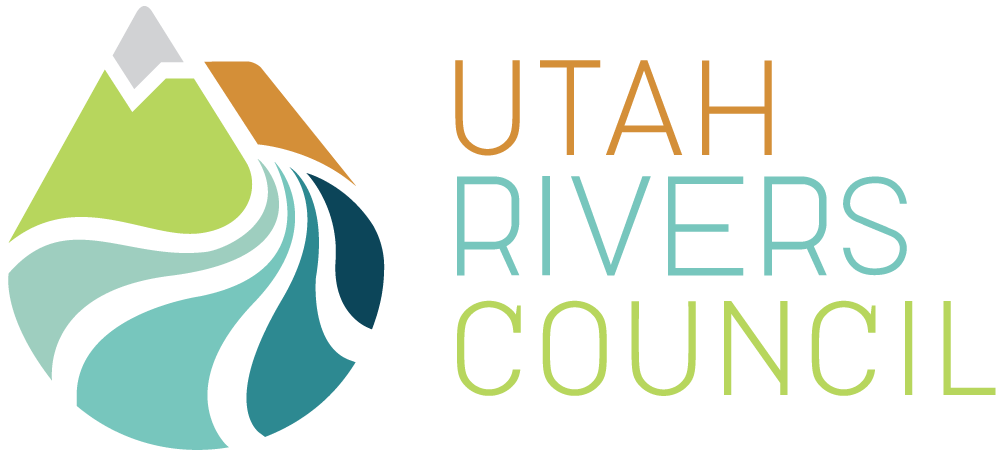URC Unveils Proposed Bill to Save the Great Salt Lake
The Utah Rivers Council has proposed an exciting, new piece of legislation to save the Great Salt Lake. The bill is a drought contingency plan that phases in commonsense, water-saving actions when the Lake drops below what is considered the healthy elevation range. Representative Douglas Sagers, R, Tooele, is sponsoring the legislation in the 2022 Legislature, and we await its announcement in the House.
The Great Salt Lake has received a lot of attention following its historic new record low in 2021. House Speaker Brad Wilson organized a Summit to garner support for Lake-saving measures and nearly 600 people joined a zoom rally to demand action to save the Lake, just days before the 2022 legislative session began. The Great Salt Lake Drought Contingency Bill is a leap forward for the survival of the Lake because it aims to keep Great Salt Lake levels in the healthy range.
Scientific reports published by the Great Salt Lake Advisory Council show that the ten-year average Great Salt Lake level should range between 4,198 feet and 4,203 feet in elevation. The current ten-year average of the Lake is 4,194 feet, far short of the healthy range. When the Lake drops below its healthy range, Lake-dependent industries suffer, migratory birds struggle, and dust storms become much worse, significantly degrading air quality along the Wasatch Front.
Inspired by action taken in three Lower Colorado River Basin states and Mexico to keep water in Lake Mead, the Utah Rivers Council authored this bill to keep water in the Great Salt Lake by encouraging voluntary water sharing agreements and acquiring water rights. If the Lake continues dropping our bill would impose modest fees on non-agricultural secondary water users who currently receive some of the cheapest water in the U.S.
The framework proposed by this bill is one that supports real and enduring Lake-saving measures. It would buoy Lake levels, generate money for restoration efforts by ensuring everyone pays for the water they use, and help avert a public health and ecological disaster. It’s a win for the Lake and the millions of Utahns who live along the Wasatch Front.

